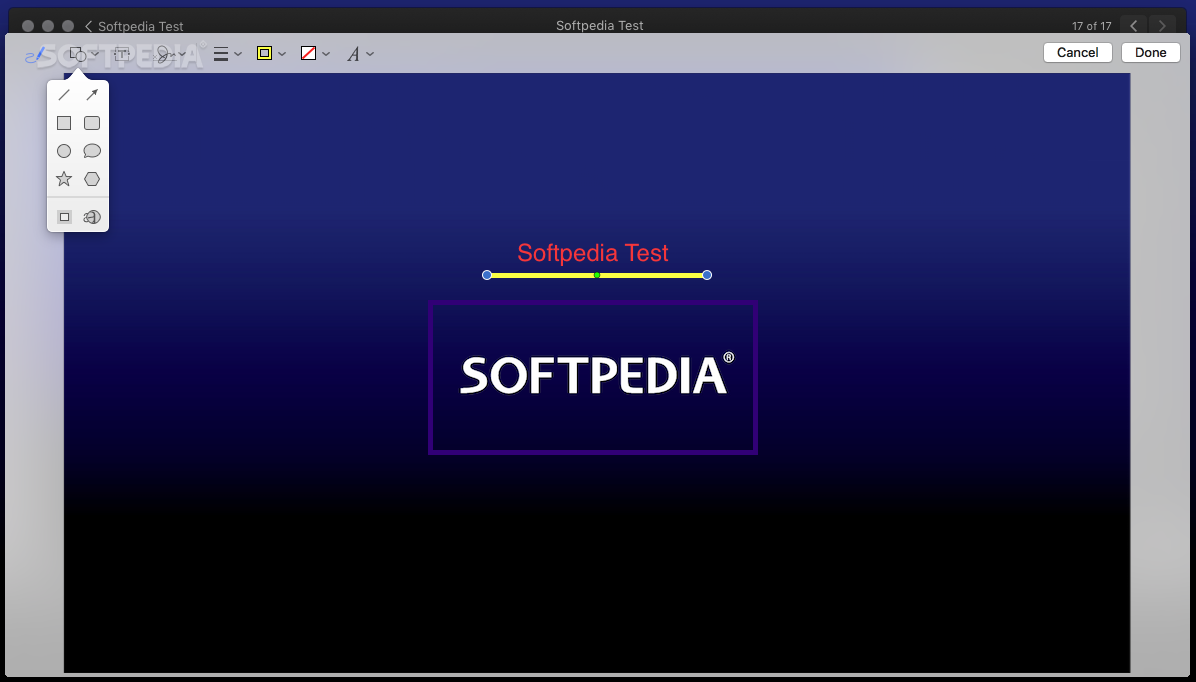- Jun 24, 2015 Pixave 1.0.1 – The smartest way to organize your images. There is a whole world that we get from images. A single picture can fill us with.
- RGB Color Examples 0/0/0 0/0/0.1 0/0/0.2 0/0/0.3 0/0/0.4 0/0/0.5 0/0/0.6 0/0/0.7 0/0/0.8 0/0/0.9. 0/0.9/0.6 0/0.9/0.7 0/0.9/0.8 0/0.9/0.9 0/0.9/1 0/1/0 0/1/0.1 0/1/0.
Manage your Pixave library
By default, your Pixave Library is stored in the
'~/Library/Containers/com.littlehj.Pixave/Data/Library/Application Support/Pixave/'
folder on your Mac, but you can move it to another location on your Mac or store it on an external storage device. the external storage device must be formatted using Mac OS Extended (Journaled) format, also known as HFS+. You can create additional Pixave libraries to organise your images, and then switch between the libraries. For example, you could keep separate
libraries for personal images and work images.
Backup Pixave library
Manually copy your library to an external storage device: Drag the Pixave library (by default in the Pictures folder on your Mac) to your storage device to create a copy.
Use multiple libraries in Pixave
You can create additional Pixave libraries to organise your images, and then switch between the libraries. For example, you could keep separate libraries for personal images and work images.
Create a new Pixave Library
- If Pixave is not open, Hold down the Option key and double-click Pixave icon in the Application folder (or click the Pixave icon in the Dock) to open Pixave.
- In the Choose Library dialog, click Create Library.
- Type a library name and choose a location to store library.
- Click OK.

See a quick, introductory tour of the download process: Start Tour.
Switch between Pixave Library
- If Pixave is open, Click 'Switch to Library…' in File Menu
- In the Choose Library dialog, do one of the following:
- Click the library you want to use, the click Choose Library.
- Click create library to create new Pixave Library.
Move your Pixave library to you wanted destination
Please follow the below steps:
- Open Preferences
- Select 'Library' tab (If you use Pixave 1.0 or 1.0.1, select 'General' tab)
- Click 'Move Library'
- Select you wanted destination in Dialogue box
- Pixave will be relaunched
- Done!
Make your library as Referenced type
By default, Pixave is set to store all imported image files in the Pixave library. To leave imported items in their current location outside of the library, deselect the 'Copy items to the Pixave library' checkbox. To change your library mode, Please follow the below steps:
- Open Preferences
- Select 'Library' tab
- Uncheck 'Copy items to the Pixave library'
- Done!
Note: If you've setup your library as referenced type, when imported image's original file path changed, Pixave cannot access image.
Sync with iCloud Drive and Dropbox
To use sync services like iCloud Drive, Dropbox, simply move your library to the corrensponding synchronized folders. But, If your library is not perfectly synced in other computer and launch Pixave, unknown error can be occurred.
My library is empty, How to recover it?
If Pixave can't remember the last opened library location by unknown issue. Please follow the below steps:
In Finder, Press 'Command+Shift+G' and then enter '~/Library/Containers/com.littlehj.Pixave/Data/Library/Application Support/Pixave/'.
By default, Pixave store a default library in '~/Library/Containers/com.littlehj.Pixave/Data/Library/Application Support/Pixave/', If another Pixave library is exists in '~/Library/Containers/com.littlehj.Pixave/Data/Library/Application Support/Pixave/', Please don't remove it.
If the library exists in '~/Library/Containers/com.littlehj.Pixave/Data/Library/Application Support/Pixave/', Hold 'Option' key and then launch Pixave.
When library switch window displayed, Click 'Choose Library' and then Dialogue box displayed, Press 'Command+Shift+G' and enter '~/Library/Containers/com.littlehj.Pixave/Data/Library/Application Support/Pixave/'
and Select your wanted library in '~/Library/Containers/com.littlehj.Pixave/Data/Library'
Adding and searching for tags is a piece of cake. Many tags can be applied immediately to a number of images, and can be searched for along with its tag. Pixave's new Tag system really is quite something. During import, not only are the keywords included in the image identified and automatically added to the tag, but tags added by the user can also be very easily applied. For tagging, simply drag the tag to an image or vice versa. This way of adding new tags or searching for tags provides a fresh approach in accessing them. Beware to not become overwhelmed by the incredible new tagging interface – the ability to apply numerous tags simultaneously to numerous images.
Automatic keyword import Now keywords included in the IPTC metadata are automatically registered as tags.
Pixave 1 0 1 Download
Drag a tag Would you like to apply a number of tags to many images, all in one go? Then simply select the tags and drag over to the images. Of course, dragging the media over to the tags works just as well. Try it now!
Pixave 1 0 1 0
Export with Tags When exporting images with tags applied, Pixave internally stores the tags within the images' IPTC metadata as Keywords. This allows other applications supporting IPTC to open the exported image and immediately use the tags that have been applied. Needless to say, accommodating the industry standard is a given. OS X Tags also!

